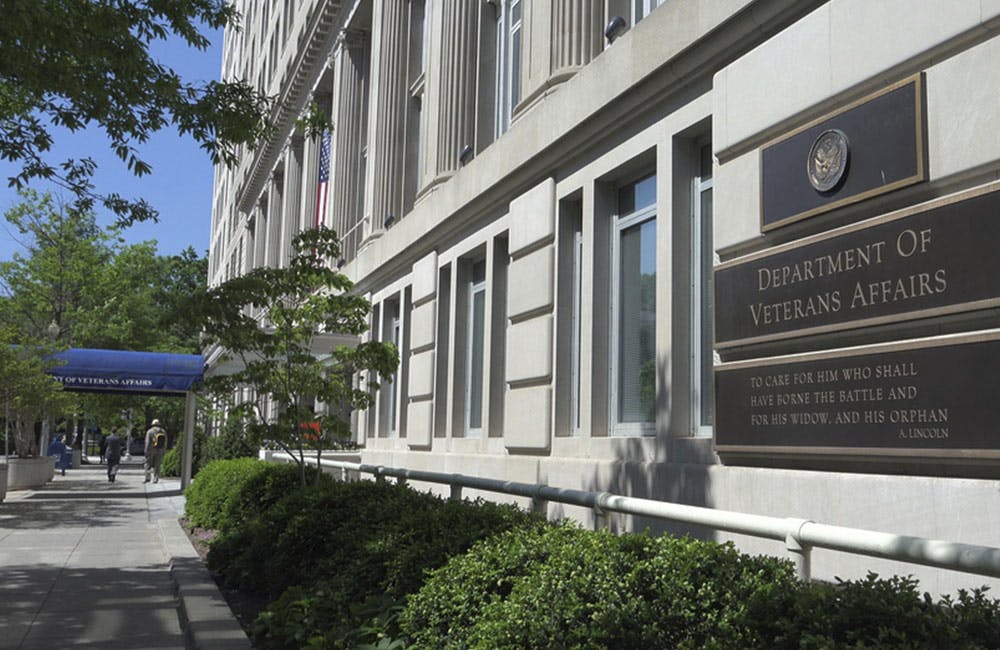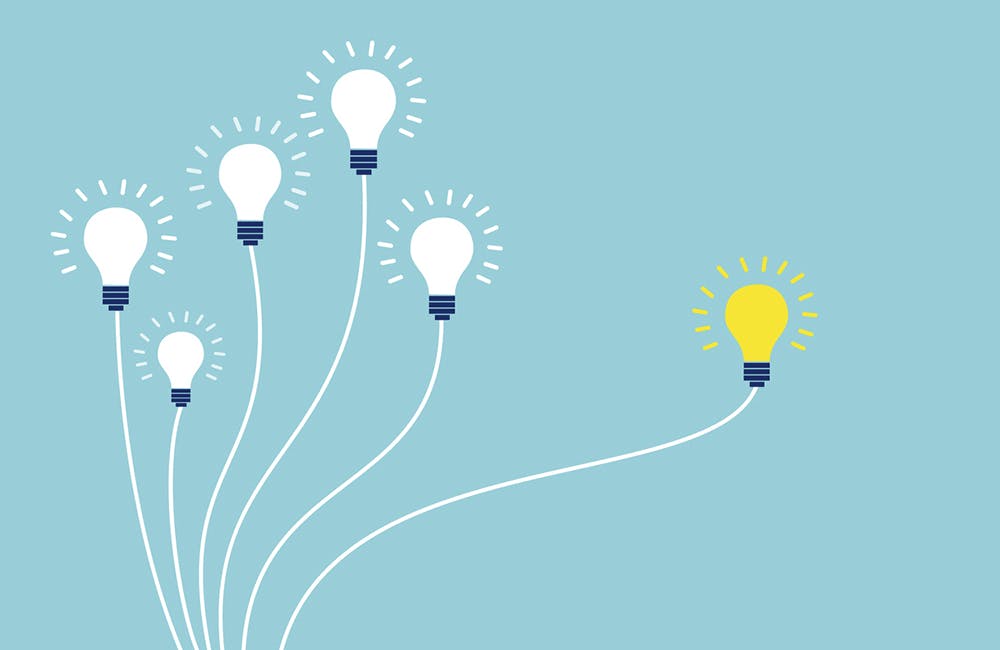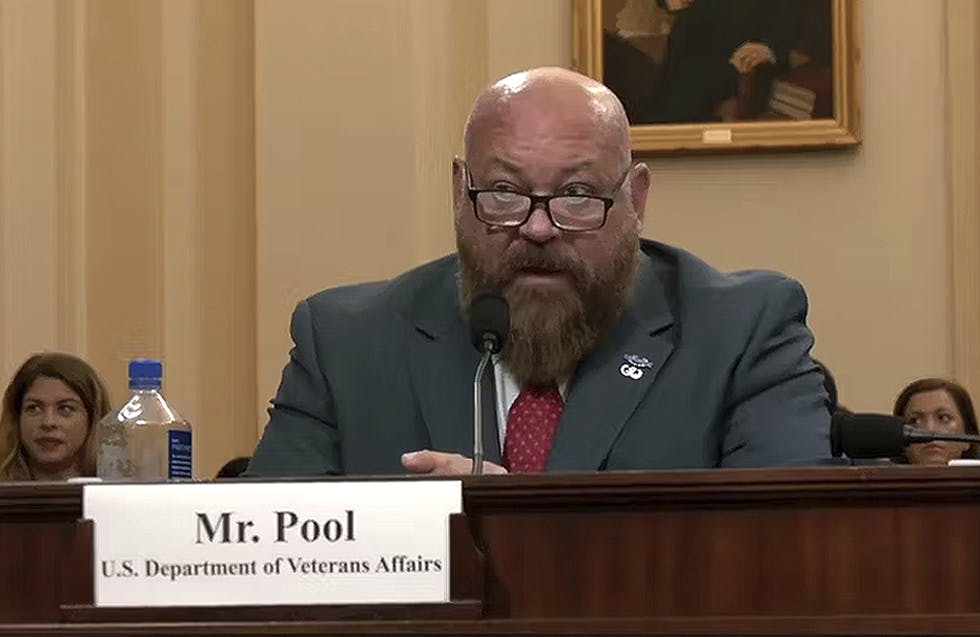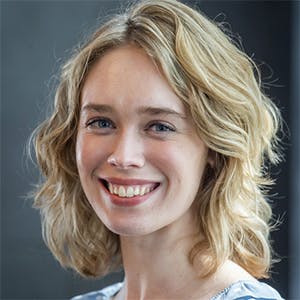Agencies Must Connect Mission to IT Strategy to Improve Modernization
GSA officials explained how mission-driven IT allows federal agencies to pivot more quickly during times of crisis.

In order for federal agencies to drive innovation and technological transformation, they need to connect their IT modernization efforts to their agency missions, according to General Services Administration (GSA) officials at the IBM Think Gov Digital 2020 virtual event last week.
The GSA’s Deputy Commissioner for Federal Acquisition Service and Technology Transformation Services Anil Cheriyan, who recently announced his upcoming departure from the public sector, said the most tech-savvy and successfully digitally integrated agencies are the ones that keep their mission at the forefront of their tech transformation.
“When we think about AI or cloud, really connecting [those] to their mission is where we see successful transformations and innovation happen,” he said.
One key way to keep the agency mission glued to IT modernization strategy is for the federal agency’s CIO to spearhead those efforts via a top-down approach.
“When agencies do the work with us and really put in their resources from a senior executive on down, that makes transformation work well and drives innovation,” Cheriyan said. “When they’re engaged, you really have a good movement from a transformation perspective.”
But even with this approach, government can’t drive innovation and tech transformation across the public sector alone. Federal agencies need to forge strong relationships with private-sector partners and with the GSA to make the most of their IT modernization strategy.
“A lot of the transformation that the federal government has to go through has to be driven by industry, there’s no question in my mind about that,” Cheriyan said. “From a Technology Transformation Services (TTS) perspective, our team spent a lot of time with industry partners primarily to educate ourselves and make that connection happen. We view ourselves as being the tip of the spear to connect agencies to the industry and the right industry partners for driving transformation.”
Similarly, he added, private-sector partners should educate themselves on the mission of an agency before developing an IT plan for that agency to make sure IT solutions meet the agency’s needs in the most efficient way possible.
“If an industry is focused on the mission of the agency, [and] really understands what’s making an agency make the changes they need to make, then when they come in and talk about the solutions, don’t just talk about AI and the cloud, tailor it to real solutions that are needed,” Cheriyan said. “Lastly connect us to the best practices that you’ve seen in other industries and work you’ve done in other agencies. That’s when we find the best relationships and the best industry partnerships.”
GSA CIO David Shive echoed similar sentiments, emphasizing a mindset of innovation to drive successful IT strategies.
“That innovation mindset is so critical to getting good outcomes,” Shive said at the event. “One of the things we’ve done at GSA in creating that model of innovation, we’re going to do internally before we do something externally for our customers. When [private-sector partners] serve our federal partners, they’re not doing so in a vacuum. We’ve tried things out ourselves already, determined what works and what does not work.”
Shive recommends federal agencies also adopt an older mindset about business and technology “growing together” to serve an organization’s mission.
“Back when technology was taking over the business community in the early 80s, there was not a distinction between technology and business, it was technology organically growing up in that business,” Shive said. “There was a close collaboration and coupling between business and tech. Now we’re just going home back to that model. Tech-focused innovation can have limited mobility but business-focused innovation, that’s where you get the best outcomes.”
At GSA, IT modernization has the best outcomes when coupled to the agency’s mission, he added. This approach allowed GSA to shift to remote work seamlessly at the beginning of the COVID-19 pandemic.
“We made really good tech decisions four to five years ago,” he said. “The needs of the nation pivot very quickly, and our citizens have the right to expect our government to pivot as quickly as the needs present themselves.”
This is a carousel with manually rotating slides. Use Next and Previous buttons to navigate or jump to a slide with the slide dots
-

VA's Platform One Powers Rapid Innovation to Bolster Digital Services
VA's Platform One accelerates software development timelines from weeks to hours, ultimately enhancing digital services for veterans.
5m read -

Federal Leaders Receive Federal IT Efficiency Flywheel Awards from GovCIO Media & Research
Five federal IT leaders received Flywheel Awards for driving innovation and modernizing technology at the Federal IT Efficiency Summit.
5m read -

Doing More with Less is Muscle Memory for IRS, Former Deputy CIO Says
Darnita Trower discusses her experience, the legacy she’s left behind and how she pushed the IRS to modernize itself,
20m watch -

Opinion: Original Intelligence Is the Missing Piece for AI Transformation
Limitations of AI agents and development drive growing needs for workforce development and "original intelligence."
3m read -

VA CIO Targets Modern IT and Smarter Workforce Alignment
Agency leaders told lawmakers they are focused on trimming legacy systems and restructuring its workforce to streamline operations.
3m read -

Pentagon's $200M AI Contracts Signal Broader Effort to Transform Talent
The Army is leveraging Silicon Valley, reservist programs and new hiring strategies to integrate critical digital skills in its ranks.
5m read -

AI Foundations Driving Government Efficiency
Federal agencies are modernizing systems, managing risk and building trust to scale responsible AI and drive government efficiency.
43m watch -

Inside DOD’s Push to Grow the Cyber Workforce Through Academia
Diba Hadi gives her first interview since becoming principal director of the DOD’s Cyber Academic Engagement Office.
15m listen -

Agencies Tackle Infrastructure Challenges to Drive AI Adoption
Federal agencies are rethinking data strategies and IT modernization to drive mission impact and operational efficiency as new presidential directives guide next steps.
5m read Partner Content -

Generative AI Demands Federal Workforce Readiness, Officials Say
NASA and DOI outline new generative AI use cases and stress that successful AI adoption depends on strong change management.
6m read -

The Next AI Wave Requires Stronger Cyber Defenses, Data Management
IT officials warn of new vulnerabilities posed by AI as agencies continue to leverage the tech to boost operational efficiency.
5m read -

Federal CIOs Push for ROI-Focused Modernization to Advance Mission Goals
CIOs focus on return on investment, data governance and application modernization to drive mission outcomes as agencies adopt new tech tools.
4m read
















